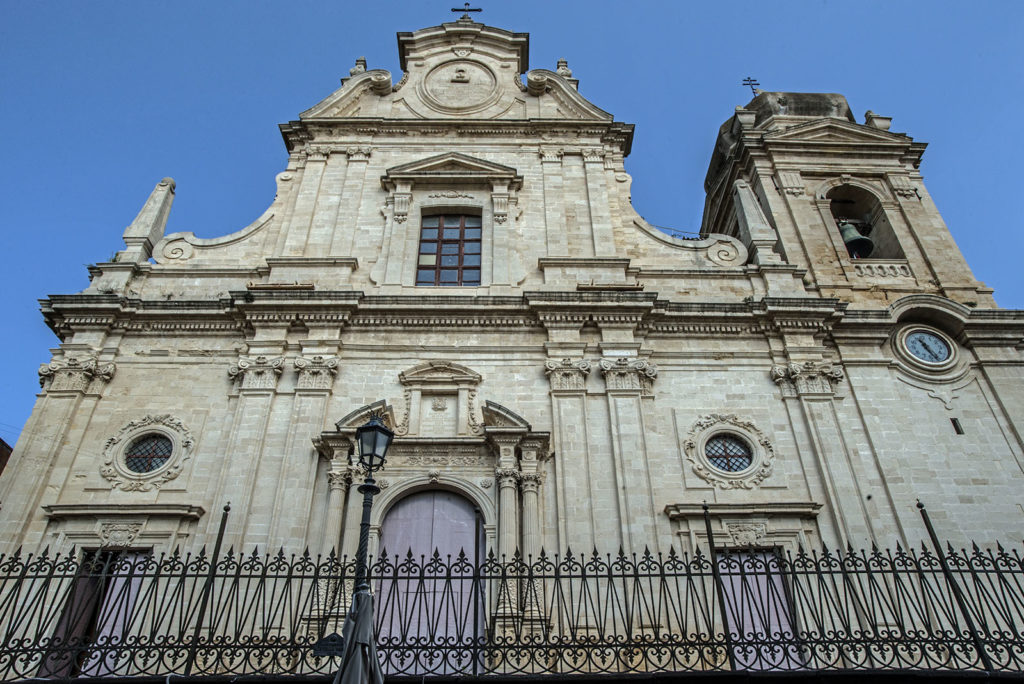The chiesa madre di San Nicolò e del Santissimo Salvatore (Mother Church of St. Nicholas and the Holy Saviour) is located on the corner of Via Umberto I and Via Matrice.
It is the result of a long and complex reconstruction following the earthquake of 1693.
Three years after the earthquake the Bishop of Syracuse, on a visit to Militello, ordered the construction of the new church and it was here that problems began. The citizens were divided between those who wanted to rebuild the church in the same place and those who wanted to rebuild it on a safer site; it took 28 years before a definitive location was found.
The foundation stone was laid on 6 December 1721 at the new site, where the present church is located today.
At this point, the reconstruction work was fairly quick: on 20 March 1740, when the church was blessed, the central and lateral
naves
were almost complete; around 1750, the façade designed by the architect Girolamo Palazzotto was finished; in 1765, the bell tower designed by the architect
Francesco Battaglia
, from Catania was added, which was joined by the bells and clock eleven years later.
The bell tower on the right was the only one built, thus breaking up the symmetry of the façade. The church was built with the help of many benefactors including the Marquis Nicolò Placido Branciforte and the Abbot Malacria.
